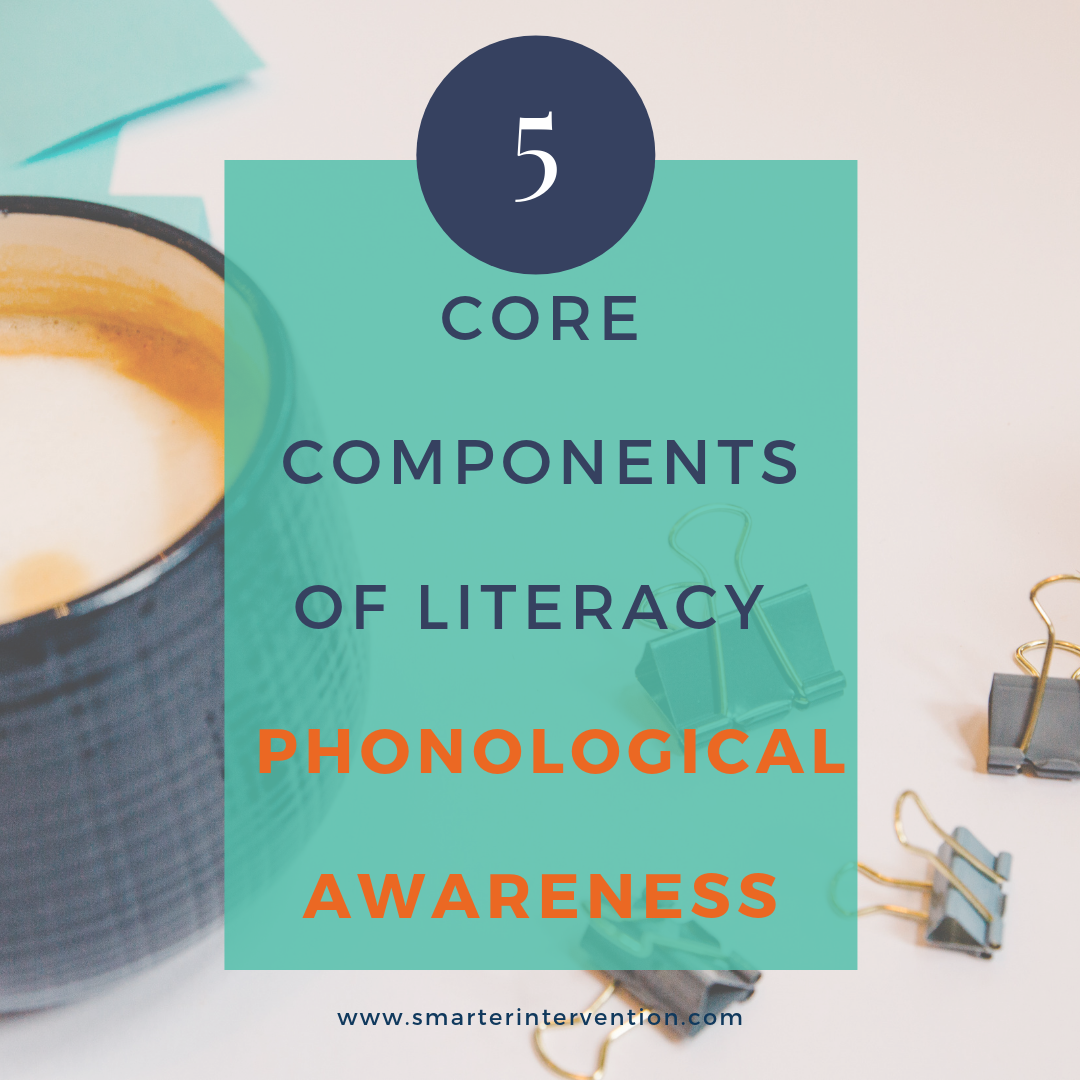Science-based literacy resources and articles
for families, educators and schools
Search by Category:
Categories
- Advocacy
- Authentic Literature
- Business
- Comprehension
- Data Tracking
- Differentiation
- Dyslexia
- Evaluation and Assessment
- Executive Functioning
- Games & Activities
- Helping My Child At Home
- How To
- IEP/504 Plan
- Lesson Planning
- Math
- Online Intervention
- Organization
- Parents
- Phonics
- Phonological Awareness
- Reading Comprehension
- Reading Fluency
- Research
- SLP
- Spelling
- Vocabulary
- Writing
5 Core Components of Reading - Phonics
Many educators in the field have a love hate relationship with phonics. In the sense that some educators love a phonics approach one week and hate it the next (it can be extremely difficult to organize it all for Pete’s sake). And…some educators LOVE a phonics-based approach and others hate it in favor of a more whole-language approach.
5 Core Components of Reading - Phonological Awareness
Phonological Awareness is the understanding of the sound structure of our English language. This is a critical component of literacy development and must be included in effective reading instruction programs!
We cannot begin to “sound words out” if we don’t understand that letters represent sounds that string together to read words or pull apart to spell words.
Teaching Blends & Digraphs
Mastering English reading and spelling involves understanding blends and digraphs. Explore our comprehensive guide to teaching these crucial patterns effectively. From phonological awareness to real-world application, we provide strategies and resources for seamless learning.
Understanding the Necessary Neural Connections for Literacy Acquisition
Okay everyone, we’ve got some heavy stuff for you this Friday. But here’s the thing we are super amped up about it right now because we are at the International Dyslexia Association National Conference and just had the opportunity to present this information about our favorite thing since sliced bread.
How Do I Pick Relevant Activities for My Reading Intervention Students?
So this can be one of the most challenging things we face as reading interventionists - what activities do I pull to target specific weaknesses for my struggling readers? And how can I do that without spending a TON of extra time that I don’t really have?
We all want the very best for our students, it’s our mission and our goal to be providing the best possible instruction to help completely eliminate reading and spelling gaps.






